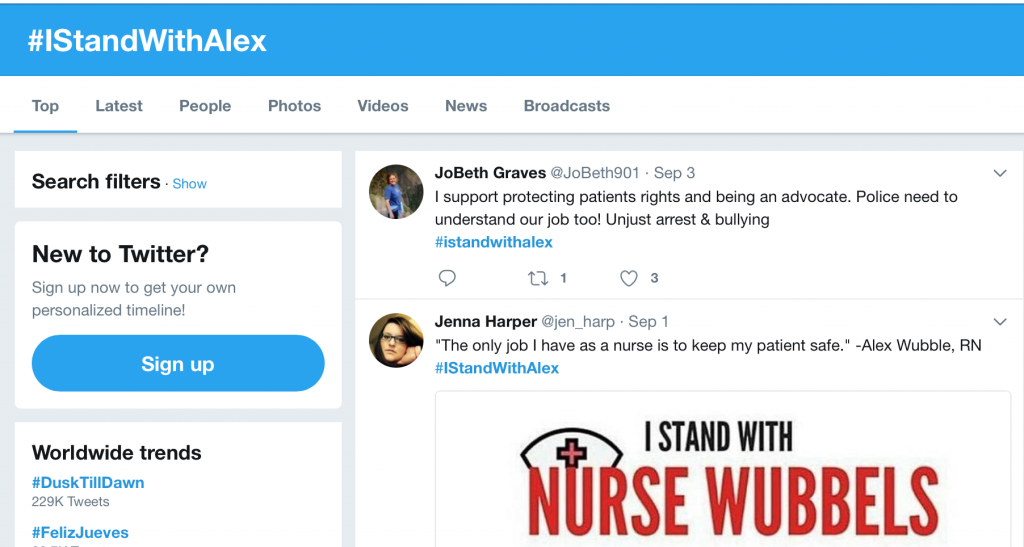PCPs Spend More than Half of Workdays Interacting with EHRs
A new study of 142 family medicine physicians shows they spend an exorbitant amount of their day on clerical or administrative tasks.
When Insurers Save, Patients and Doctors Pay
As insurers ratchet up utilization management, doctors’ paperwork burden increases and patients must jump through endless administrative hoops to access care.
5 Things You Shouldn’t Call NPs or PAs
Use of slang like mid-level and extender contribute to a public misunderstanding of our role; they imply a need for dependence on physicians, and they obfuscate the uniqueness of our profession.
States Lift More Hurdles To Physician Assistants
Like nurse practitioners, barriers to PAs are falling for a variety of reasons, including a doctor shortage and general comfort patients have with being treated by someone other than a physician.
Teaching Health Delivery Science in the Digital Age
from The Health Care Blog
Our health system is facing an existential crisis. We’re not alone. As the largest hospital in the western United States and a member of the 2016-17 U.S. News & World Report Best Hospitals Honor Roll, Cedars-Sinai Medica…
Natural Disasters Make Strong Case for EHRs
Hurricanes Harvey and Irma, and the devastation they have brought with them, serve as glaring reminders for how beneficial EHRs can be in a crisis. Is your hospital prepared?
Nurses Rally Behind Nurse Arrested for Protecting Her Patient’s Rights
Last week, a disturbing video came to light in which a Utah charge nurse, Alex Wubbels, was arrested for refusing to draw the blood of an unconscious patient at the request of Salt Lake police detective Jeff Payne. As Payne did not have a warrant …
How Many Patients Per Nurses? Correct Nurse To Patient Ratio.
from Nurse Buff
Nurse to patient ratio is probably one of the most talked about issues in nursing. And apparently, it’s also one of the most common reasons why nurses leave the profession. When an institution suffers from short staffing, bad thin…
5 Reasons Why Doctors Should Use Social Media
Social media offers doctors opportunities to educate patients, provide better customer service, reduce visits, improve scheduling, and increase loyalty.
Another Way For Anti-Vaxxers To Skip Shots For Schoolkids: A Doctor’s Note
Families who oppose mandated immunization for schoolchildren may be seeking medical exemptions to get around a new California law, according to a study published Tuesday.








